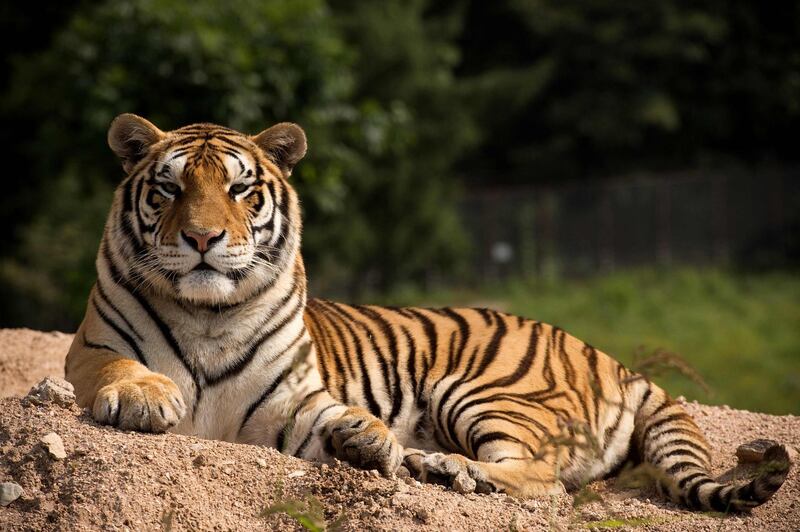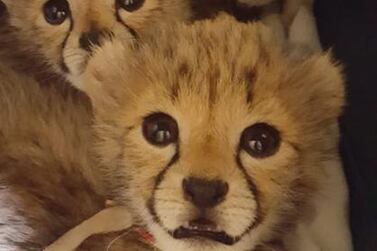Lion, leopard and jaguar parts are being passed off as tiger by traffickers, a UN report into the illegal animal trade has found.
The problem is so widespread that whole tiger cubs have been found in transparent bottles or jars of wine to satisfy the consumer that the product is real, according to the World Wildlife Crime Report released by the UN’s Office on Drugs and Crime.
Buyers prefer products sourced from wild tigers rather than those in captivity. But their first concern is whether the product is genuine “given the current use of other species in products purporting to be tiger”.
The bones, teeth and claws of leopards, snow leopards, clouded leopards, jaguars and lions are particularly likely to be passed off as a tiger product, although illegal traders do also seek these animals for consumers wanting these specific species.
“While some research has asserted that tiger products sourced from wild individuals are preferred by consumers over those from captive animals because they are thought to be more powerful with more effective medicinal properties, it is almost impossible for consumers to differentiate between wild and captive animals,” the report said.
Whereas in the 1990s it was believed that the most serious threat to the tiger’s survival was its use in the medicine trade, recent research shows the animal’s meat and products such as bone wine or glue “are now less consumed for medicinal purposes and more as exotic luxury products and tonics”.
“Poaching for these uses is the greatest threat to tigers across their range. In addition, tigers have a long history of being hunted due to conflicts with humans and livestock. As a result, they have disappeared from 90 per cent of their original habitat range,” the report said.
In 2016 there were an estimated 3,855 to 4,982 tigers in the wild, most of which are found in eight countries – India, Malaysia, Bangladesh, Russia, Thailand, Bhutan, Indonesia and Nepal. There are about three times as many in captivity.







